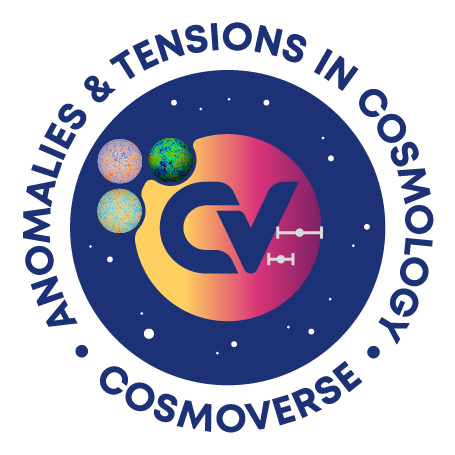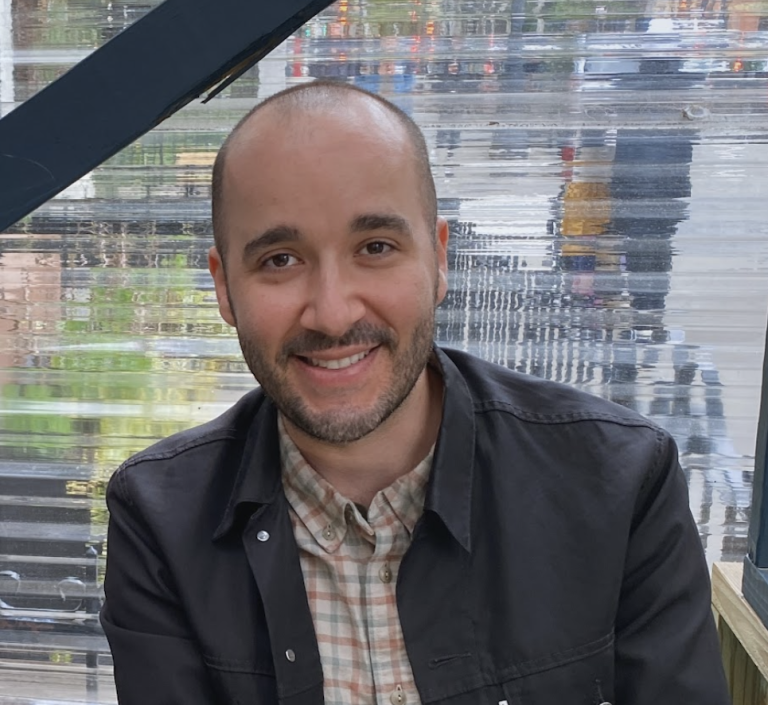What is your name, affiliation, academic position, and job title?
Dillon Brout, Boston University, Assistant Professor
What is your journey?
I am originally from North Carolina (USA) where I grew up. I studied Physics at Johns Hopkins University, did my PhD at University of Pennsylvania, and took a NASA Einstein Postdoctoral Fellowship to The Harvard Smithsonian Center for Astrophysics. I’m excited to have recently accepted a position in the Astronomy department (Joint appointment in Physics) at Boston University, just down the road, where we are building out a new cosmology group.
What is your field of research and/or what project are you involved in?
My research group ties together cosmological distance and velocity measurements of the universe with the fundamental physical properties such as dark energy, dark matter, ordinary matter, and Einstein’s general relativity. I have mostly specialized in using Type Ia supernovae as distance indicators and am leading the supernova teams in Pantheon+, SH0ES, DES, and DESI, and DEBASS.
What are your research plans?
Now that our big Pantheon+ and SH0ES results have come out, when I’m not tending to keeping those datasets up-to-date and usable for the community, I’m focusing on low-redshift peculiar-velocity cosmology with distance indicators. Low-redshift peculiar-velocity cosmology, specifically utilizing Type Ia supernovae as distance indicators, is particularly valuable at low redshifts. At low redshifts, the peculiar velocities dominate over the cosmic expansion, making them easier to measure accurately. This is because the cosmic expansion itself becomes less significant compared to the gravitational interactions within the local environment of galaxies. Consequently, the peculiar velocities provide a more precise probe of the gravitational pull exerted by nearby structures. By focusing on the low-redshift regime, scientists can effectively study the growth of structures and test general relativity with enhanced accuracy and sensitivity. This approach allows for a more detailed understanding of the large-scale structure formation in the universe and provides valuable insights into the nature of gravity on cosmological scales.
So I’m now leading the DESI low-redshift cosmology working group and also leading the collection of one of the largest and most systematically robust samples of low-redshift type ia supernovae to date (DEBASS).
How does CosmoVerse fit within those plans?
In addition to SNeIa being useful for measuring the Hubble constant (for which we already know there is >5sigma tension between Pantheon+SH0ES and Planck), SNe Ia are also useful for measuring the growth of structure f*sigma8. We’ve seen hints at tension there as well in other probes, and SNeIa are a complementary way of testing this and may shed even further light on discrepancies with LCDM. If there are really multiple tensions happening at once, we really should be discussing this in depth within CosmoVerse!
What new skills would you like to learn in the next year?
Now that I’m a professor, I’m working hard on being a good teacher and mentor of graduate students (and grant applications, haha)!
What are the most exciting open questions in your research area?
In addition to the cosmological tensions, we have a huge problem to tackle with understanding the nature of dark energy and the accelerating universe. We are currently looking farther and farther back into the history of the universe to see if the dark energy could be evolving, or if in fact it is a “cosmological constant”. If the latter, then we still have to try and explain why theoretical predictions for the size of the cosmological constant are off from the observed value by 120 orders of magnitudes. This is sometimes called “the largest discrepancy between theory and observations in all of science”!
What advances or new results are you excited about or looking forward to?
I am most excited by two telescopes that will be coming online in the near future that will be tackling two ends of the spectrum. First, The Vera Rubin Observatory LSST will gather millions of SNe Ia at low and mid redshift and will be a flood of statistics and completely change how we play the supernova game. Second, the Nancy Grace Roman Space Telescope will launch and will survey the universe in the infrared. This will help us reduce our systematic uncertainties due to modeling of astrophysical dust but also allow us to see farther into the universe (back in time) than we have ever seen before. Both telescopes have the opportunity to be revolutionary in their own unique ways in the field of supernova cosmology and I can’t wait to start churning through the data to see what we can find!
What’s your favourite food? Why?
I love exotic fruit and will travel out of my way to find a good new fruit to try!
What non-physics interests do you have and want to share?
I like to play jazz saxophone. Back in undergrad I pursued a double degree with Jazz Saxophone at the Peabody Conservatory. Back in Philadelphia I played a lot of live jazz/soul/funk gigs. I’ve been able to keep it going, though moving cities and the pandemic means that I’m sadly no longer in any bands.

